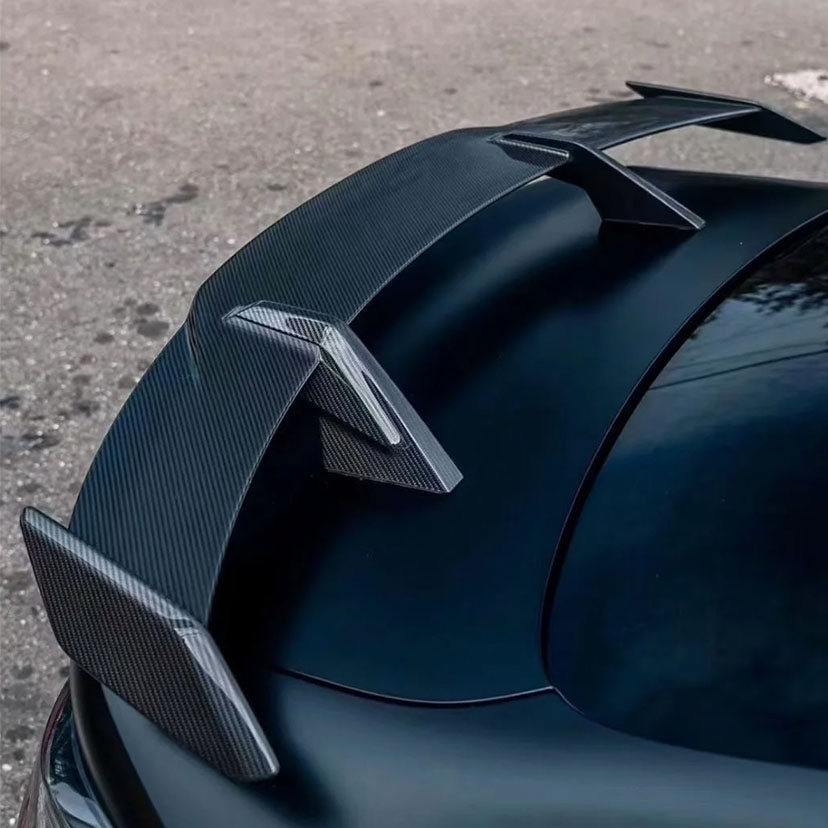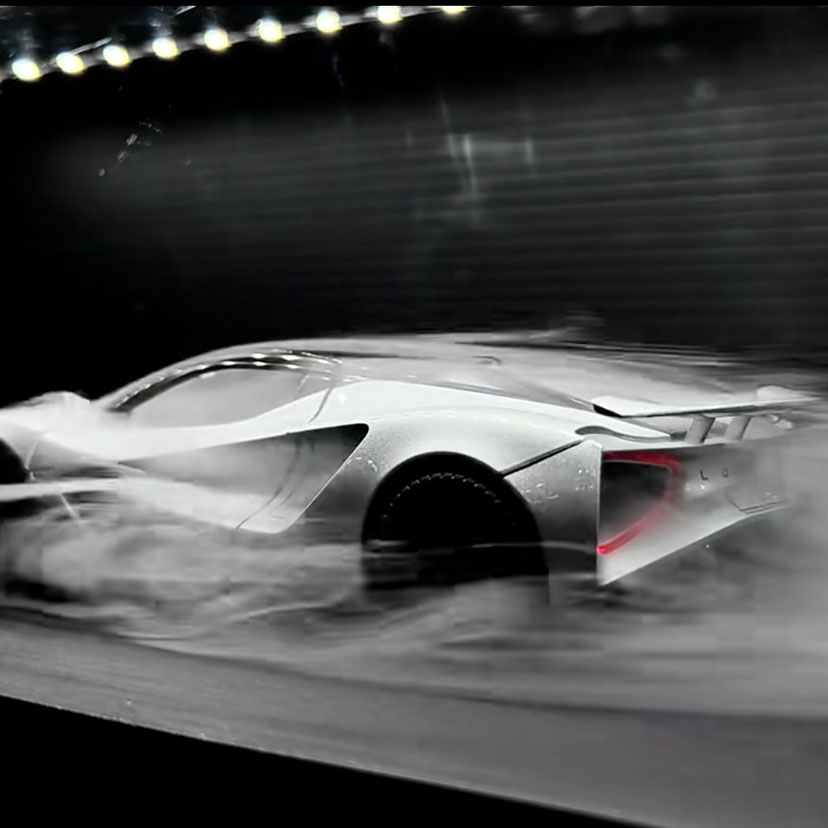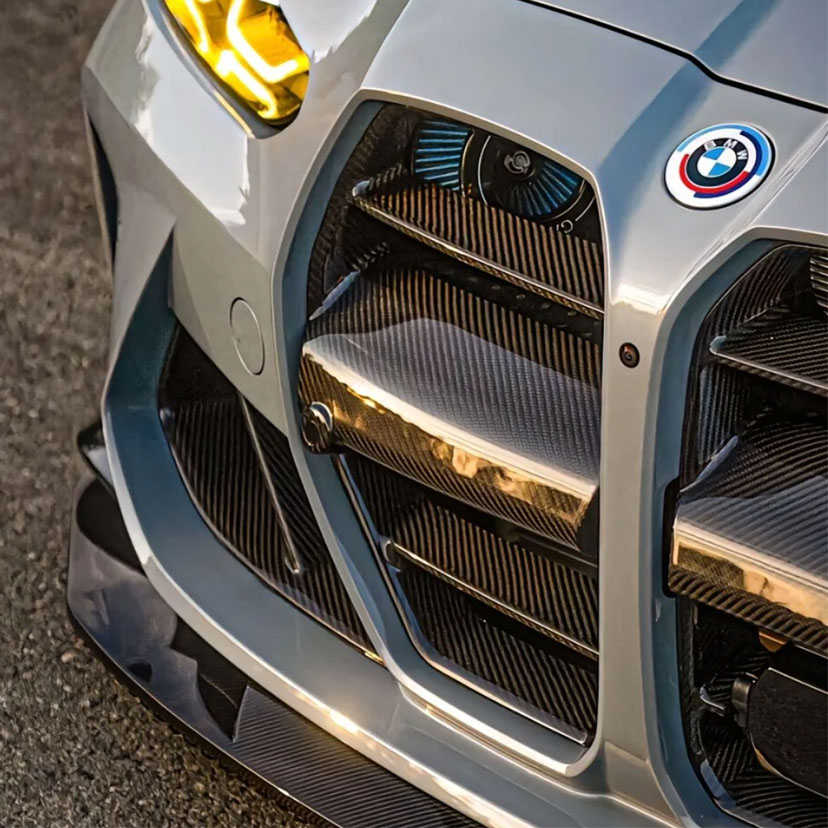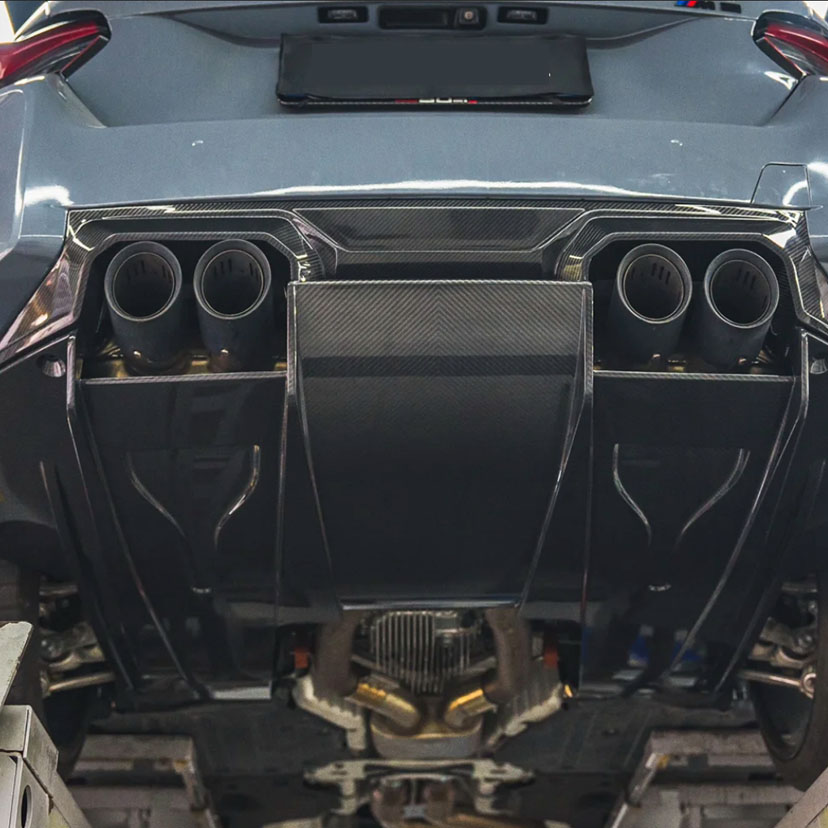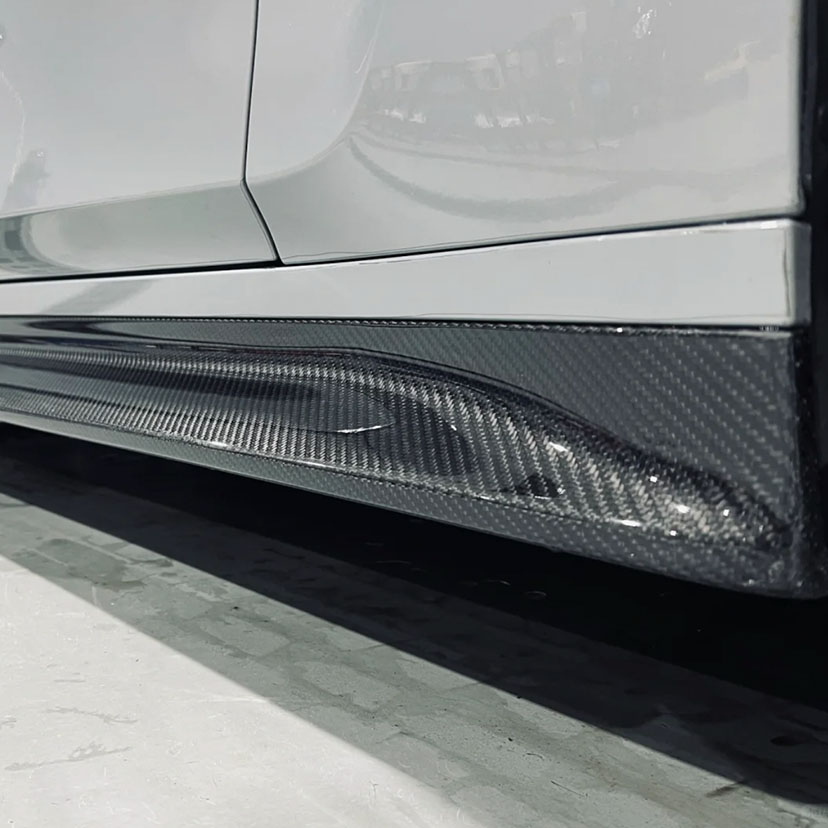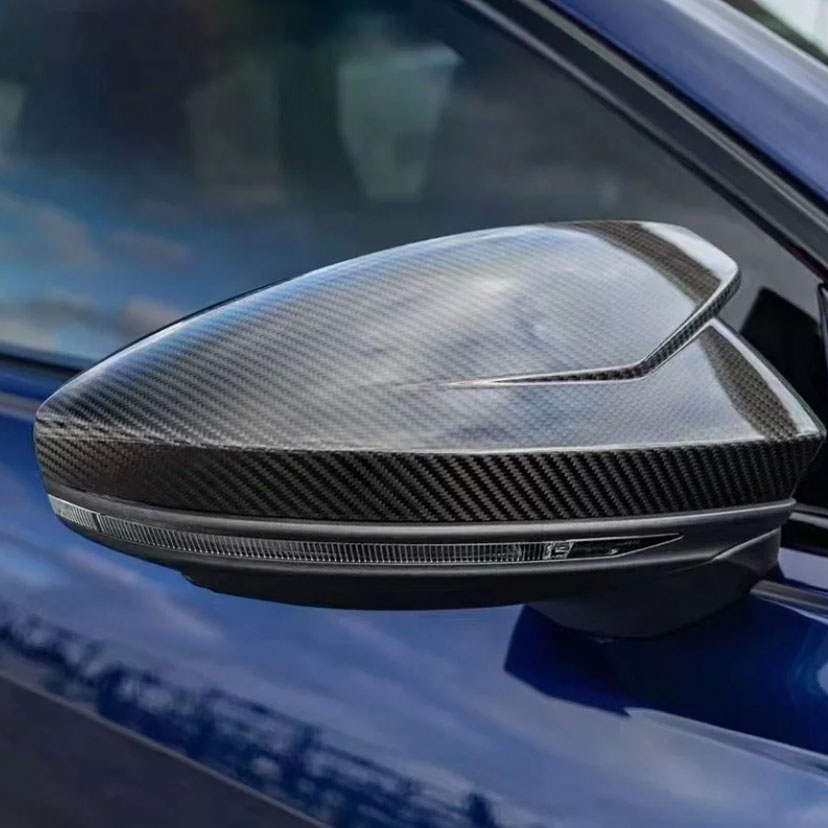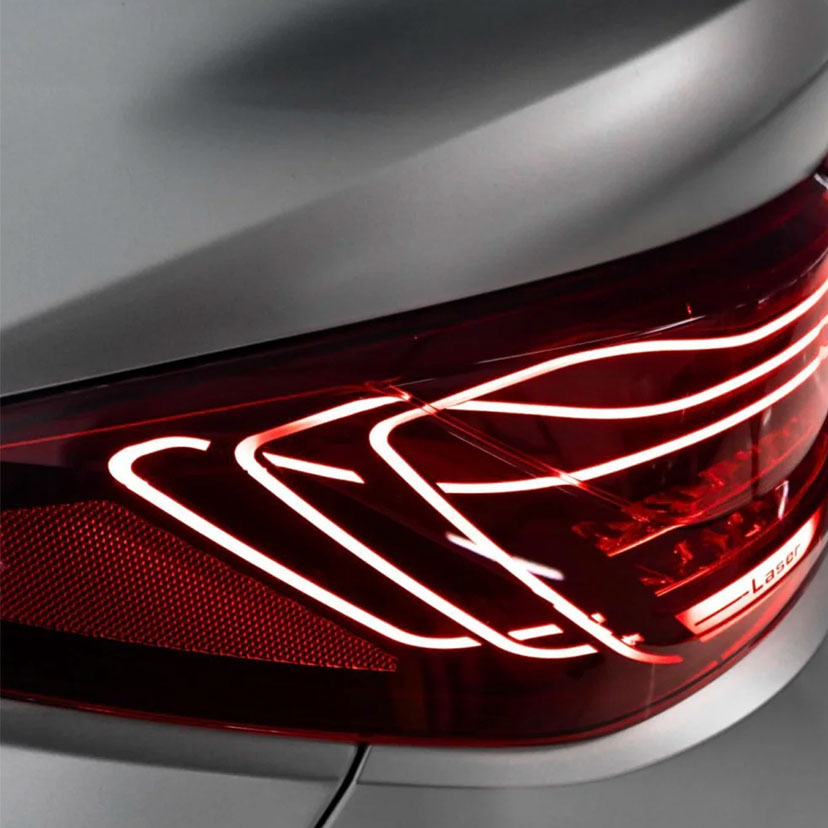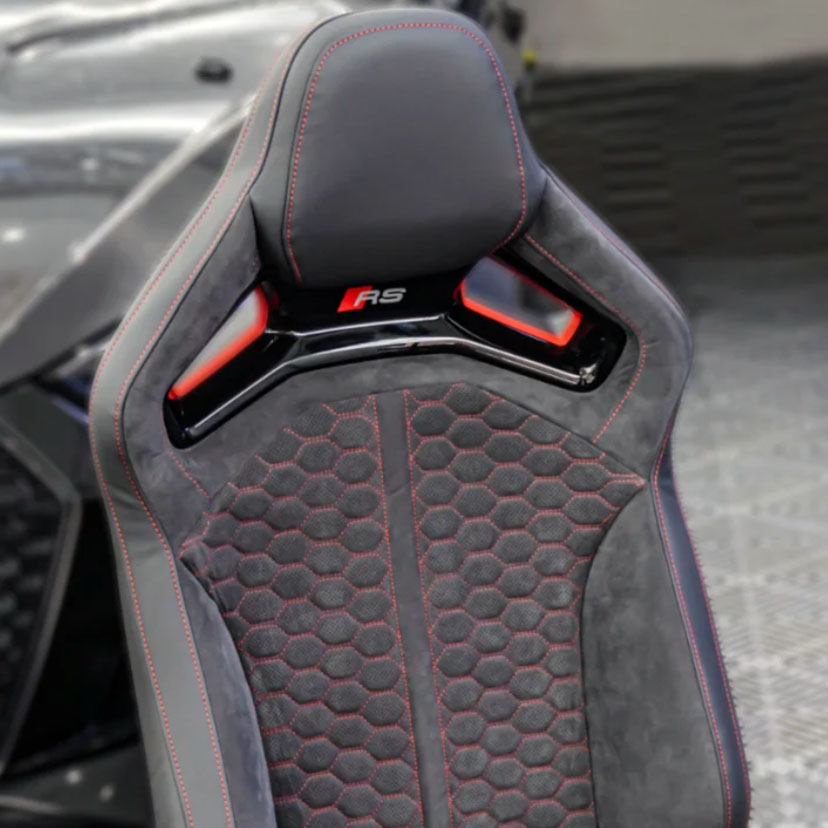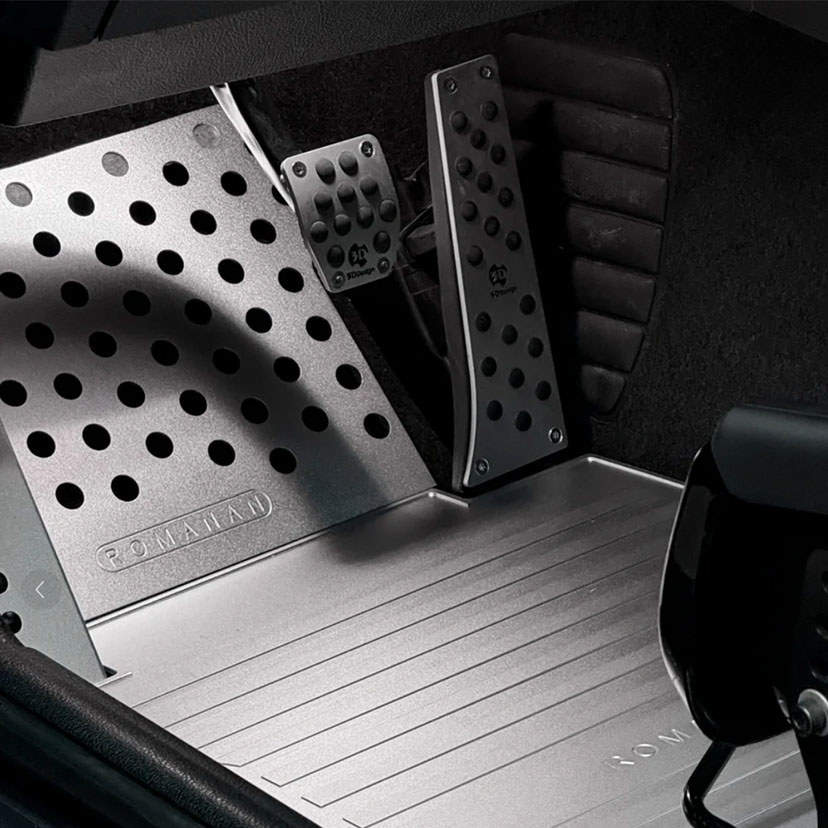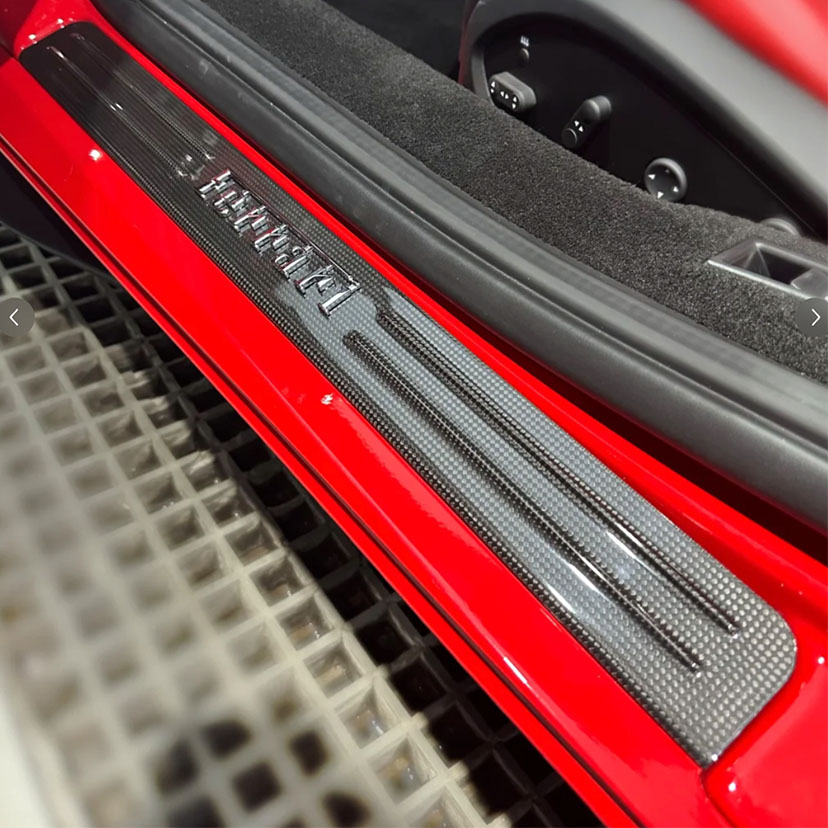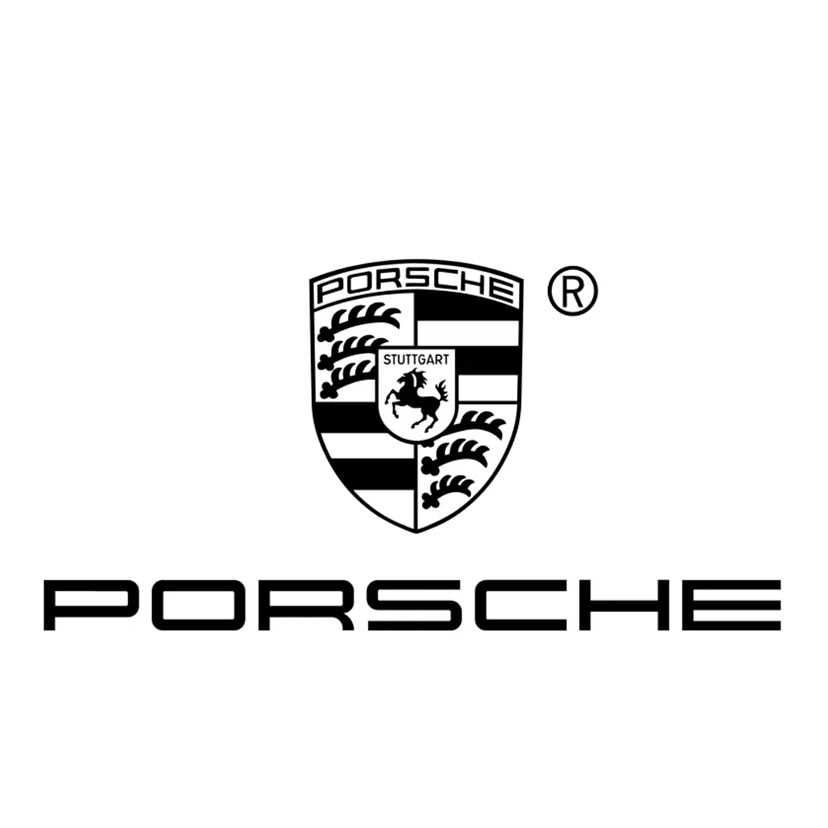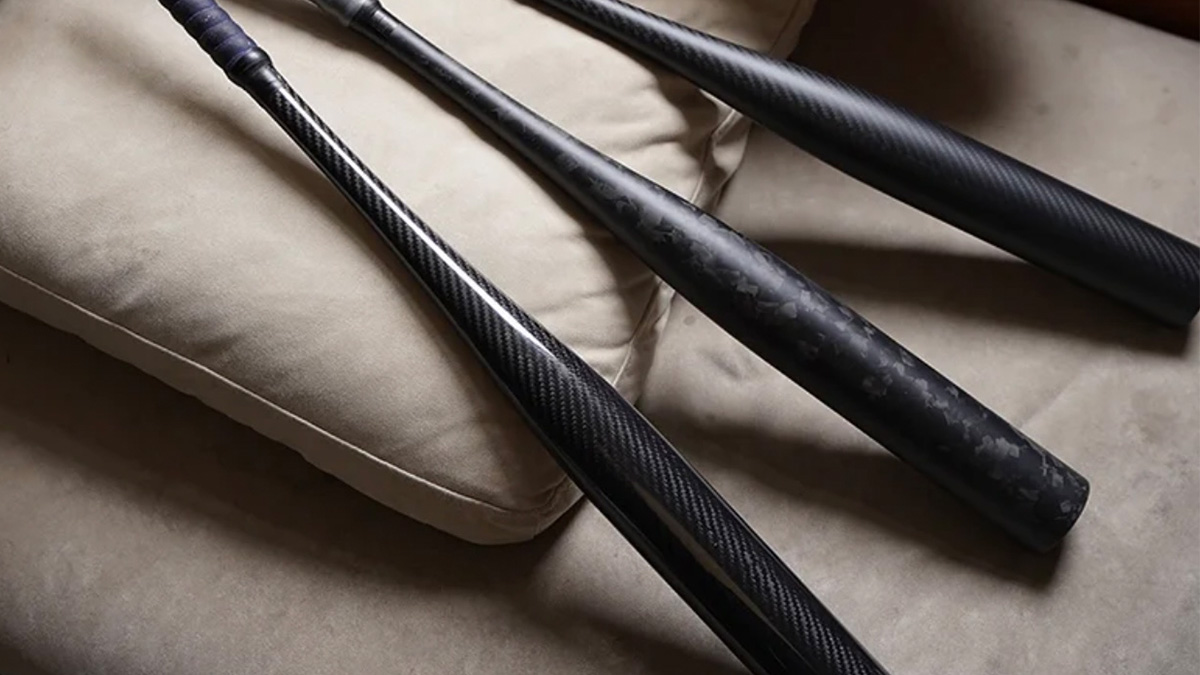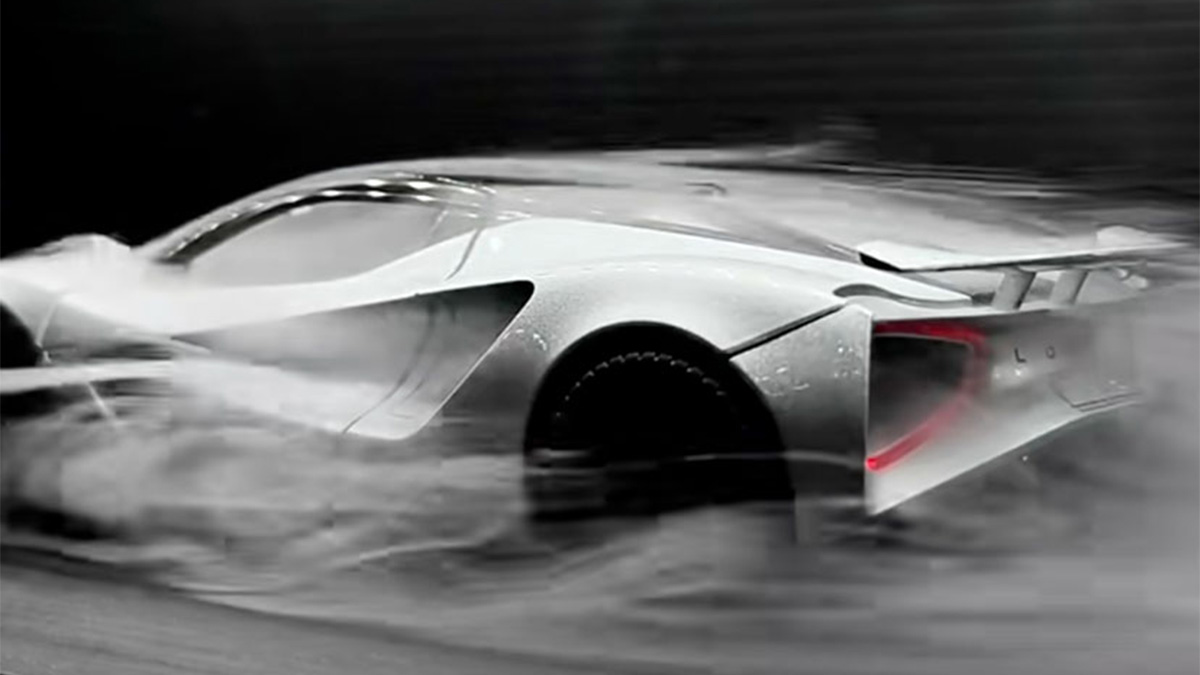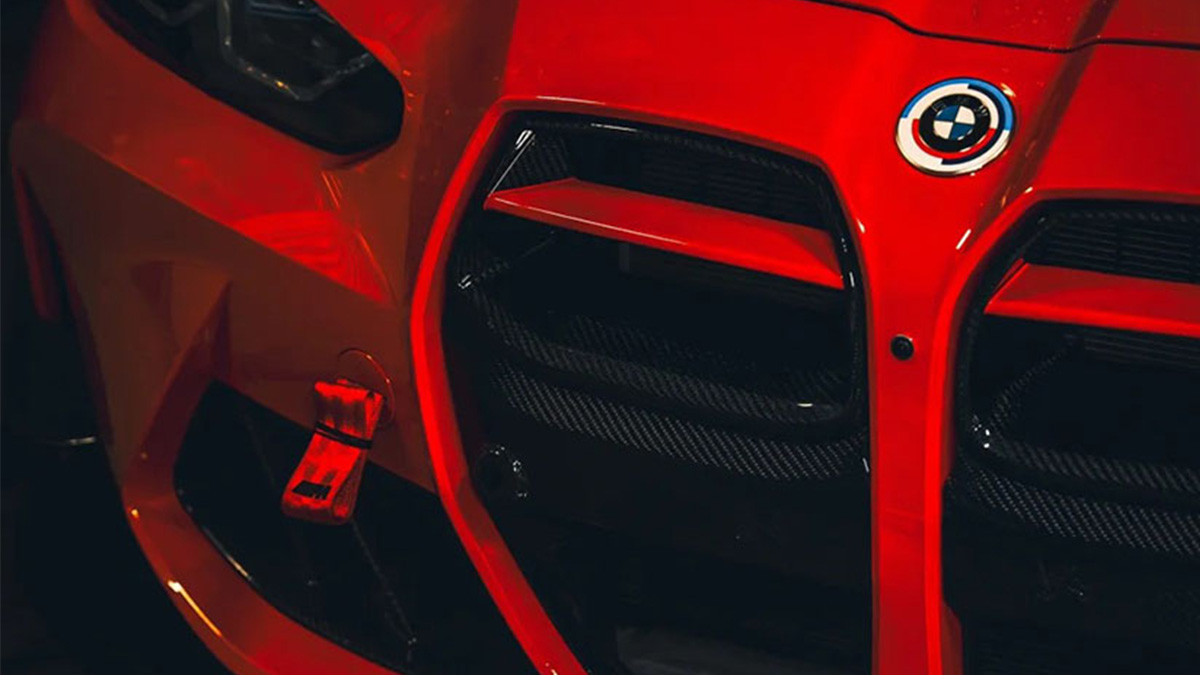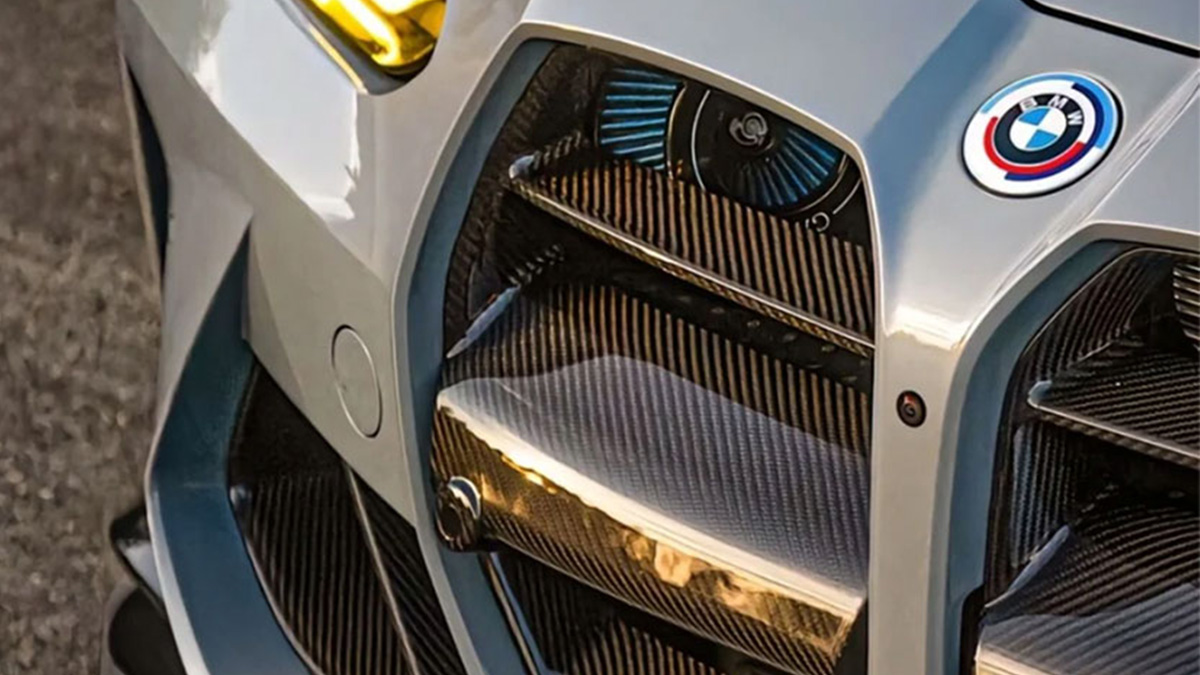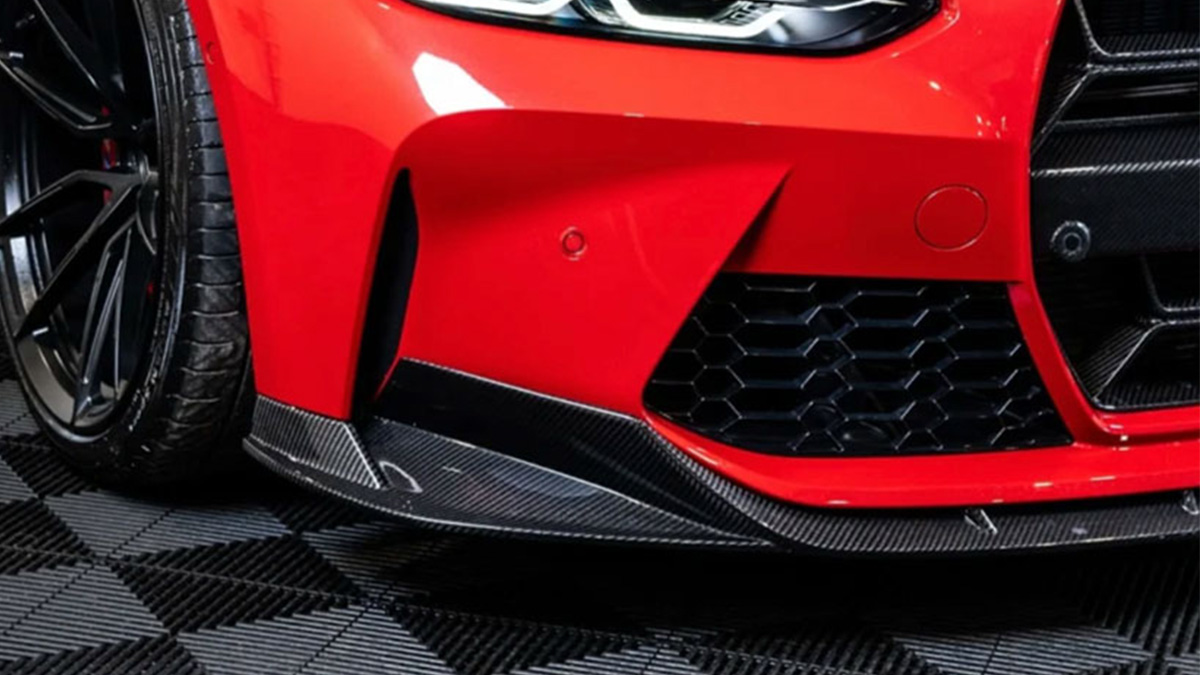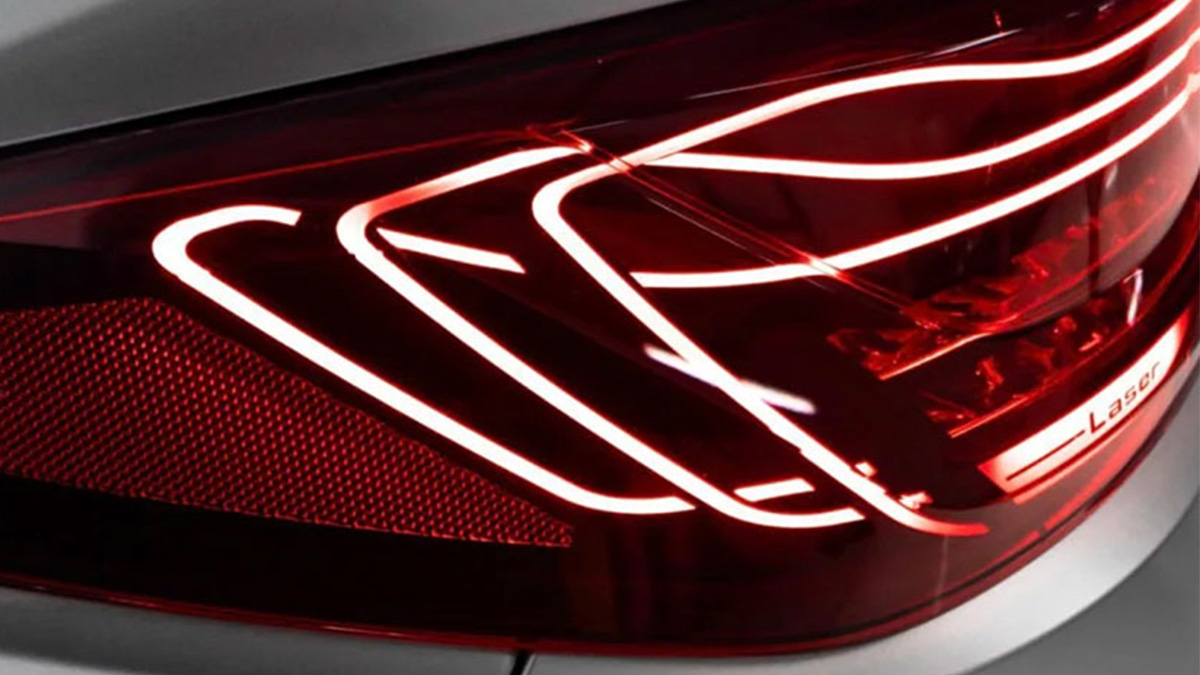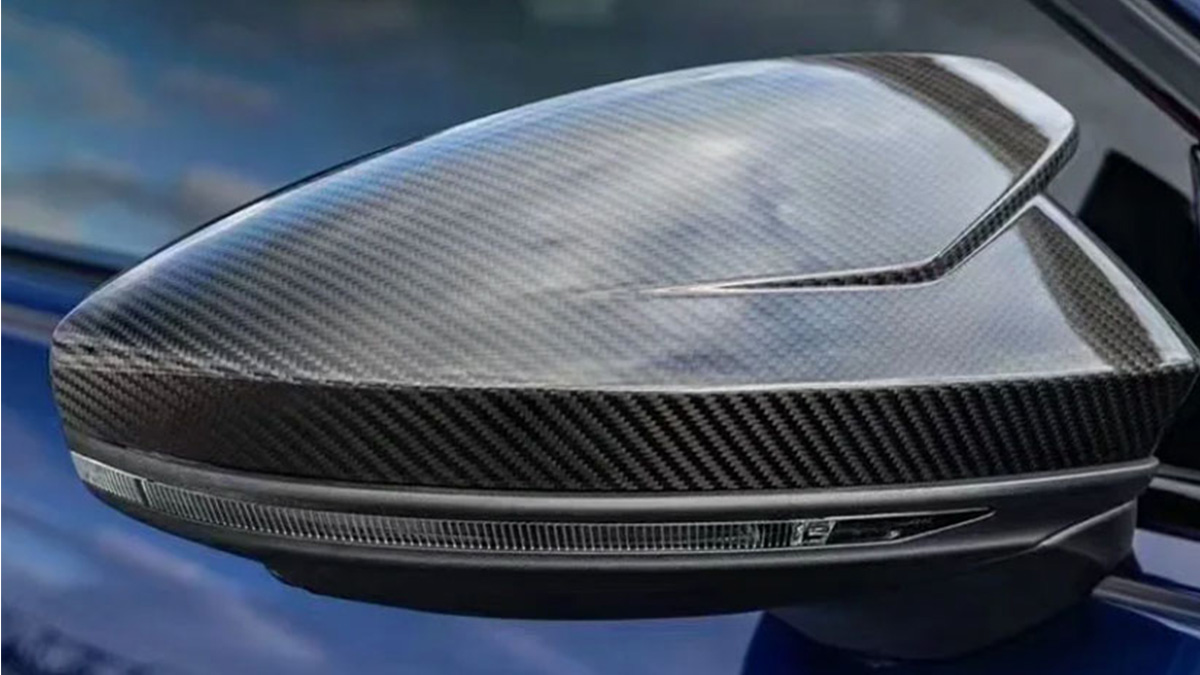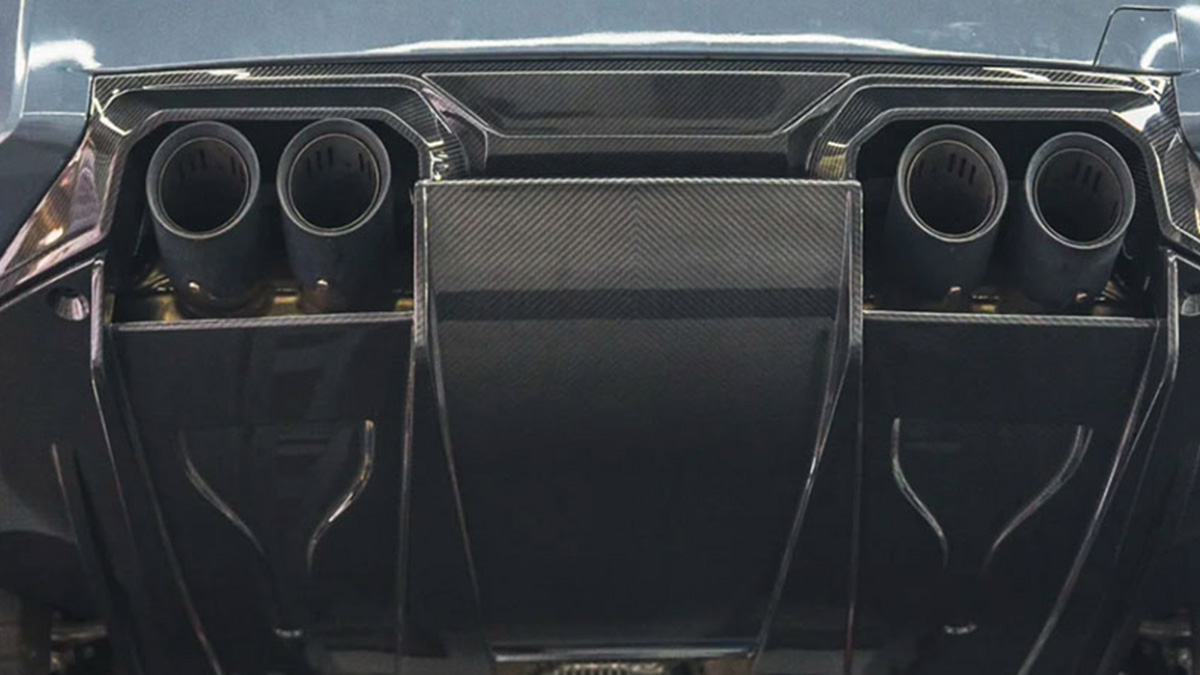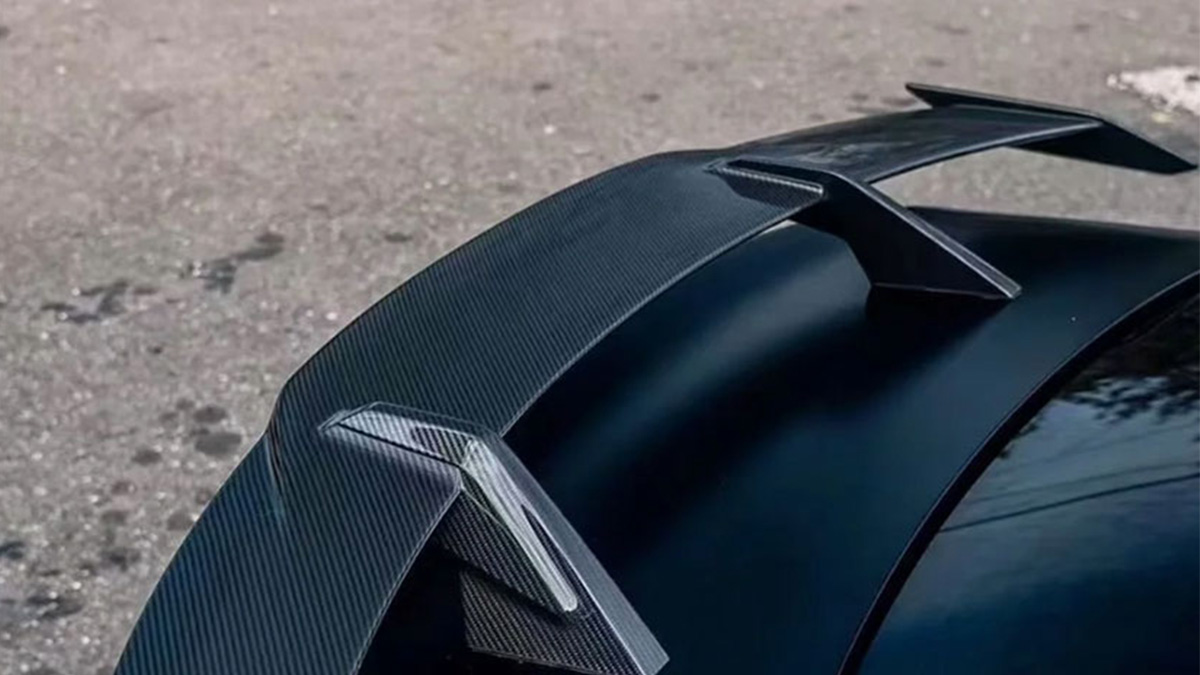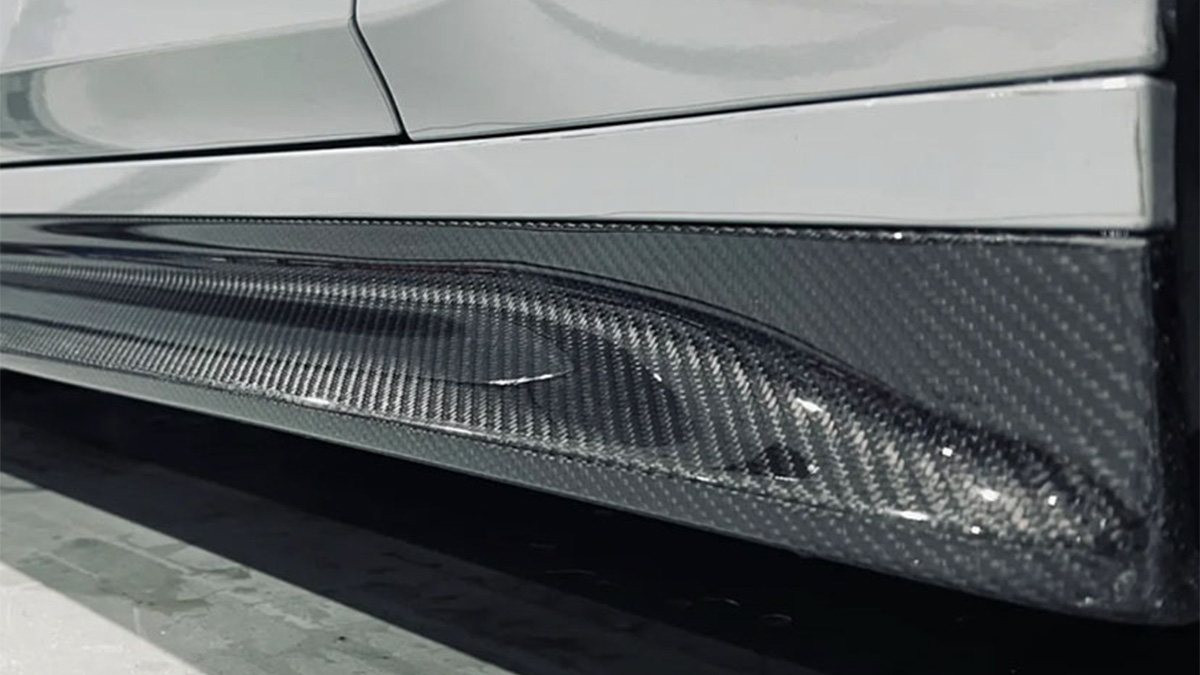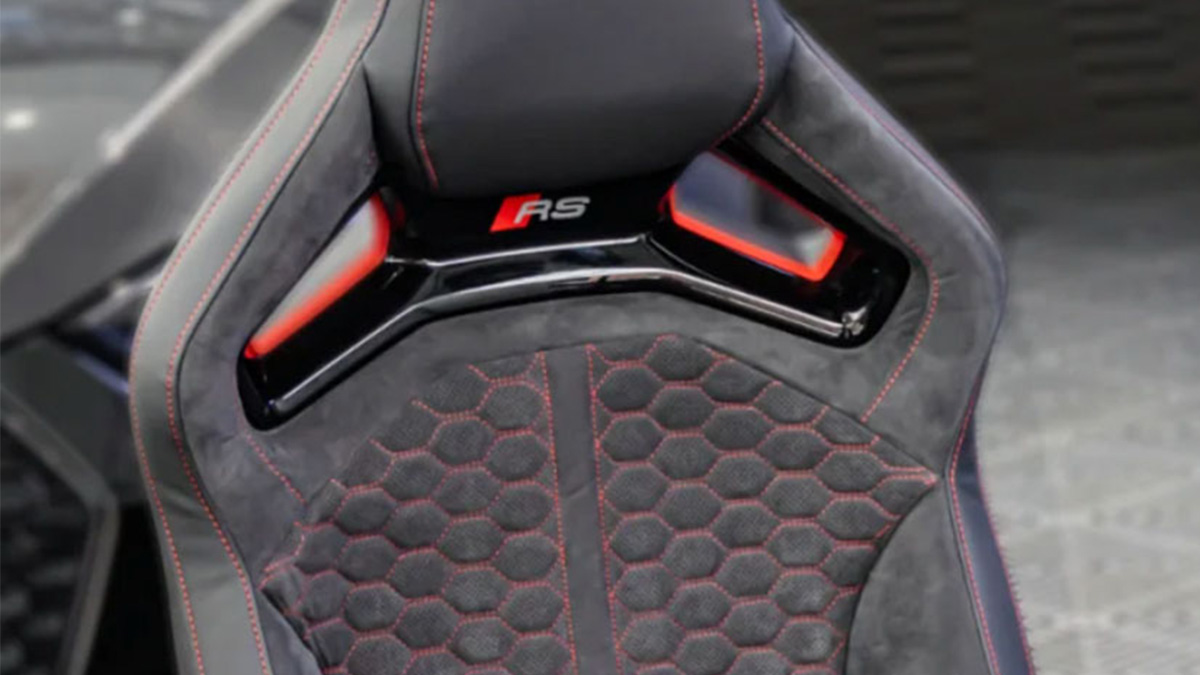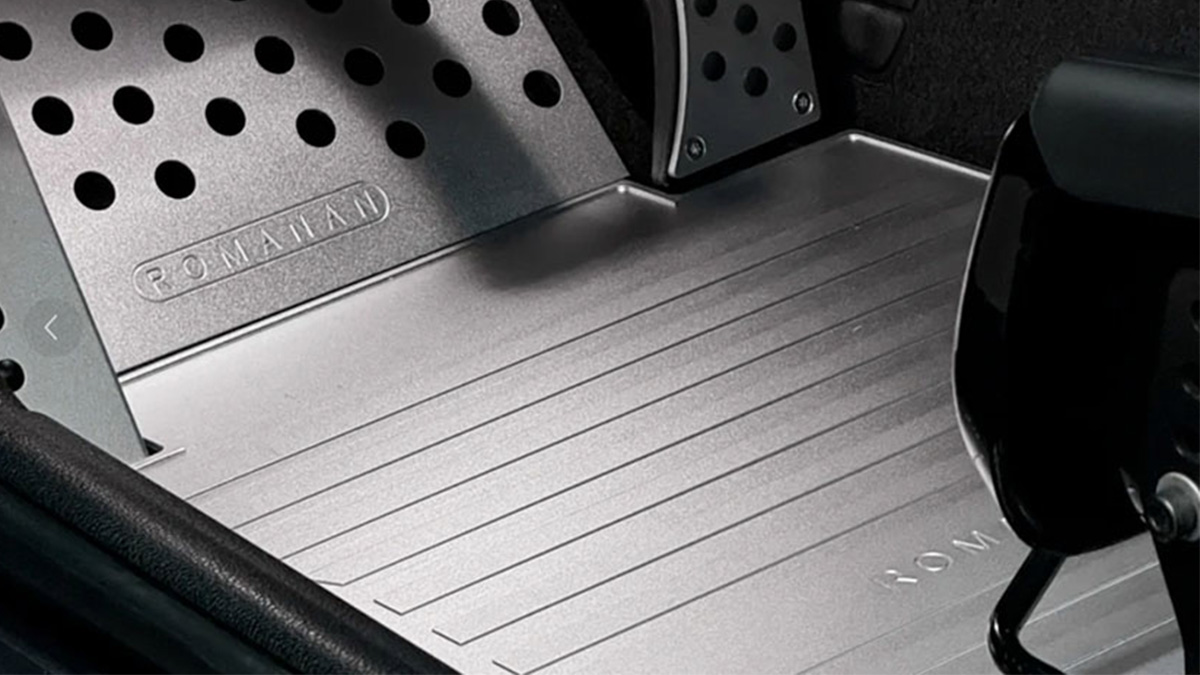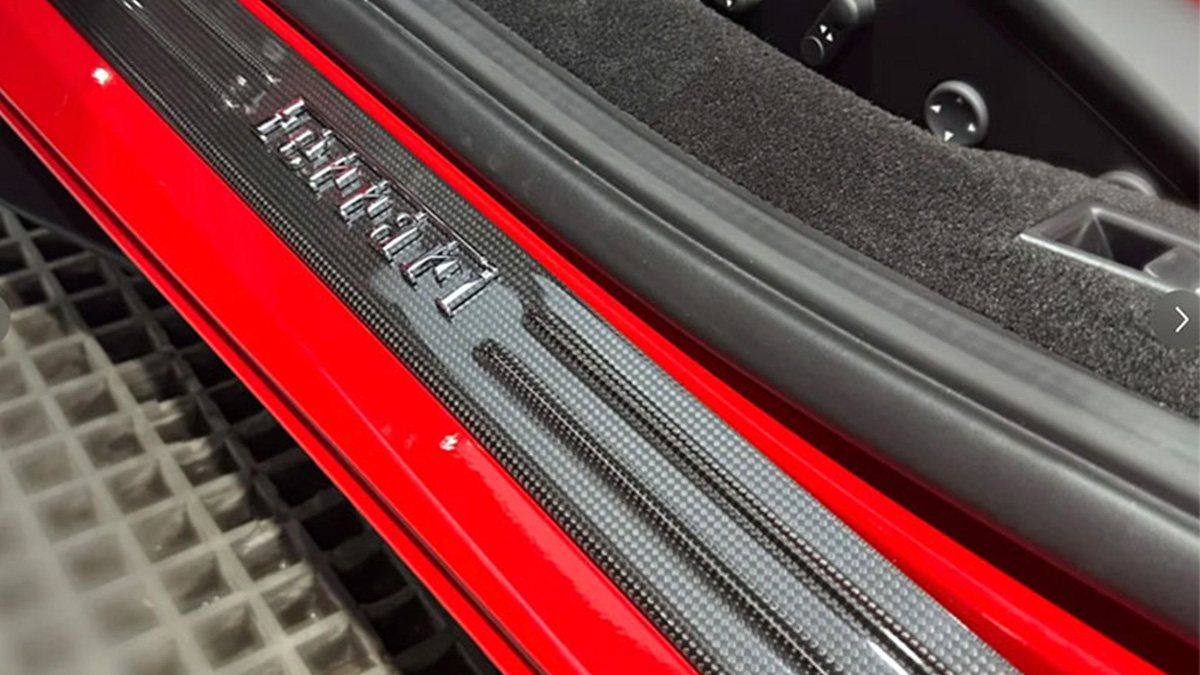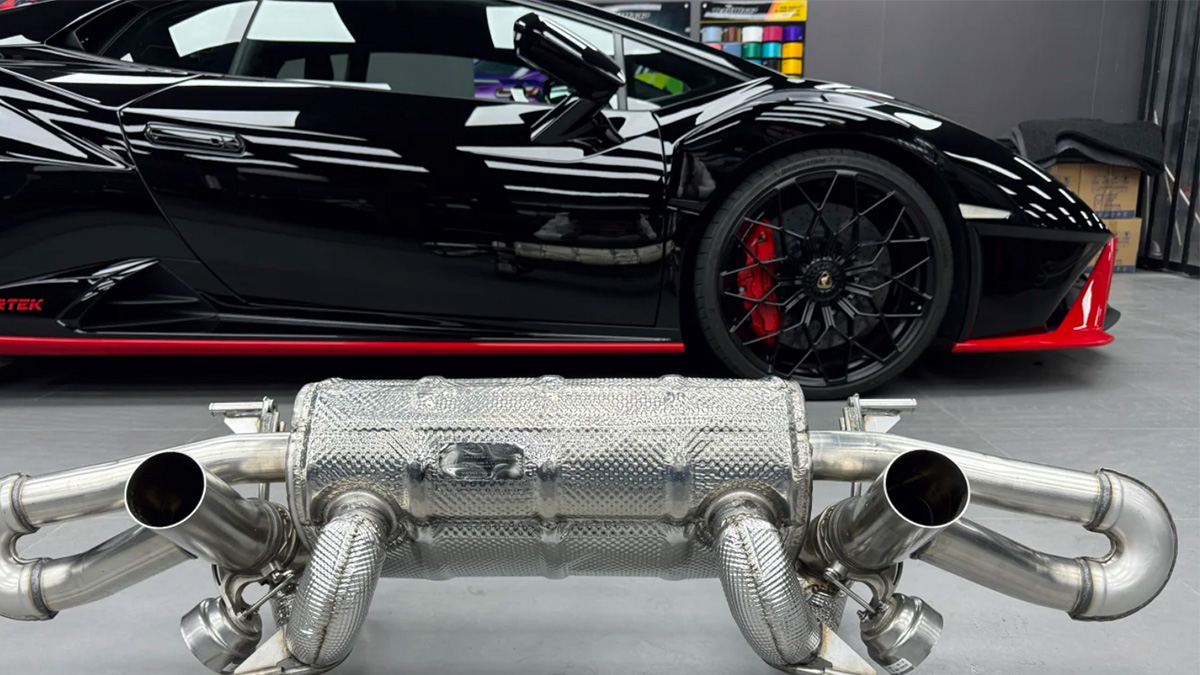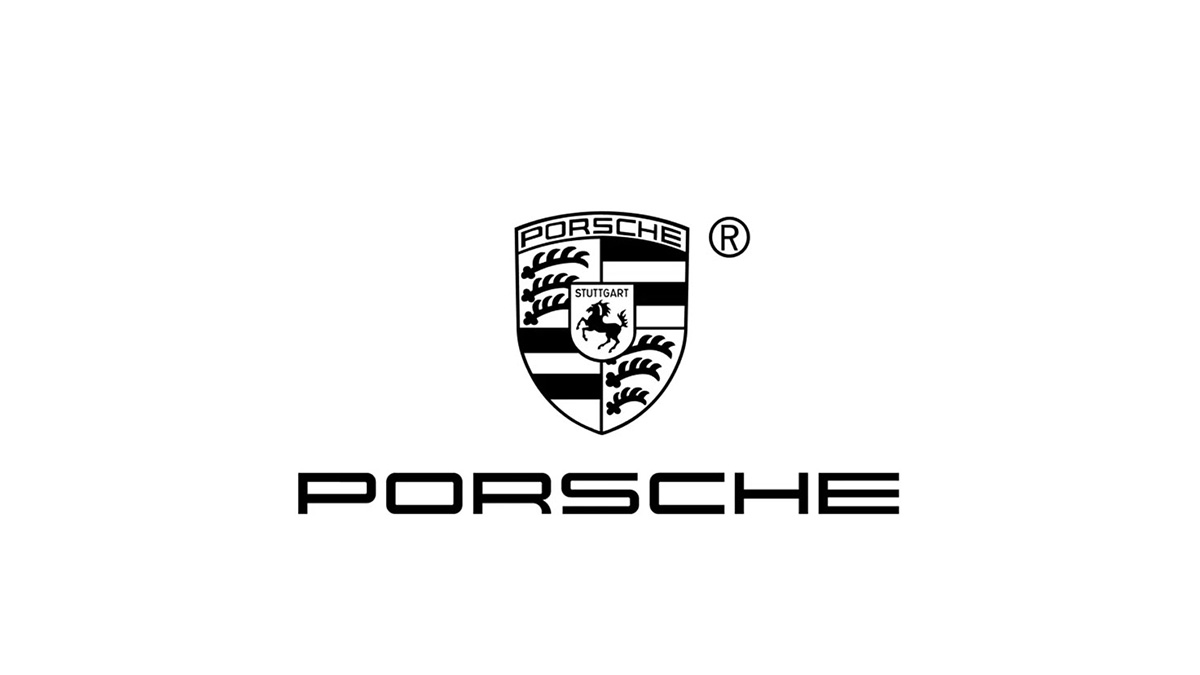How Stainless Steel Revolutionizes Automotive Exhaust Sound
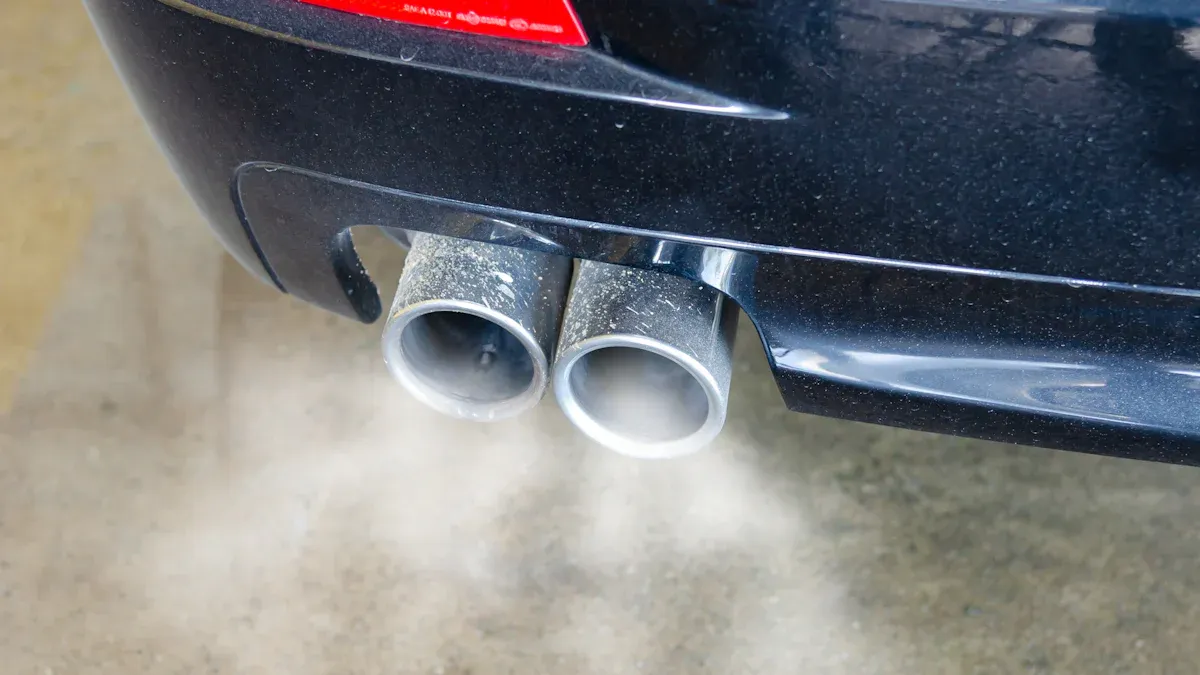
When it comes to automotive exhaust systems, 不锈钢 has completely revolutionized the industry. You might wonder why it’s so widely used. Well, it’s all about its exceptional properties. For starters, 不锈钢 resists corrosion like a pro, thanks to its chromium content. It also withstands high temperatures effortlessly, making it an ideal choice for 汽车排气系统 that endure extreme heat. Additionally, its lower thermal conductivity helps retain more heat within the exhaust, boosting overall performance.
But it’s not just about durability. 不锈钢 significantly enhances the 声音 quality of your exhaust, delivering a richer, more refined tone to your car. Whether you’re a casual driver or a car enthusiast, you’ll appreciate the difference every time you hit the road.
Key Takeaways
Stainless steel exhausts do not rust, lasting longer in tough weather.
It handles high heat well, working great for fast cars.
Being light, stainless steel cuts exhaust weight by 40%, helping fuel use and car control.
It improves exhaust sound, making it sharper and more exciting for car fans.
Buying stainless steel exhausts saves money since they last long and need little care.
The Unique Properties of Stainless Steel in Automotive Exhaust Systems
Corrosion Resistance
When it comes to exhaust systems, corrosion is your car’s worst enemy. That’s where stainless steel shines. Its high chromium content creates a protective layer that resists rust and oxidation, even in harsh conditions. Unlike mild or alloy steels, which can quickly degrade, stainless steel stays strong and reliable over time. This is especially important in automotive exhaust systems, where exposure to moisture, road salt, and extreme heat is constant.
Here’s the best part: certain grades of stainless steel, like those with chromium-nickel alloys, take corrosion resistance to the next level. They’re not just durable; they’re also easy to weld, making them a favorite for custom exhaust designs. So, if you’re looking for a material that can handle the elements and keep your exhaust system in top shape, stainless steel is the way to go.
Heat Tolerance
Exhaust systems deal with intense heat daily, and stainless steel doesn’t flinch. It can withstand temperatures ranging from 800° to 1590°F without breaking down. This makes it perfect for high-performance vehicles that push their engines to the limit. However, not all stainless steel grades are created equal. For example, grades like 321 and 347 are specifically designed for high-heat applications. Their unique alloying elements, such as titanium and columbium, prevent issues like carbide precipitation, which can weaken the material over time.
By choosing the right grade of stainless steel, you ensure your exhaust system performs reliably, even under extreme conditions. Whether you’re cruising on the highway or tearing up the racetrack, you can count on stainless steel to handle the heat.
Lightweight Strength
Stainless steel isn’t just tough—it’s also surprisingly lightweight. This combination of strength and reduced weight offers several benefits for your vehicle.
Thinner stainless steel components can cut the weight of your exhaust system by up to 40% compared to other materials.
A lighter exhaust system improves your car’s fuel efficiency, saving you money at the pump.
Despite being thinner, stainless steel maintains excellent durability, enhancing safety and crash performance.
Modern engineering has taken this even further with advanced grades like Outokumpu’s Forta H-Series. These materials provide high yield strength and formability, making them ideal for lightweight, high-performance exhaust systems. Whether you drive a traditional gas-powered car or an electric vehicle, stainless steel helps optimize both performance and efficiency.
How Stainless Steel Enhances Exhaust Sound Quality
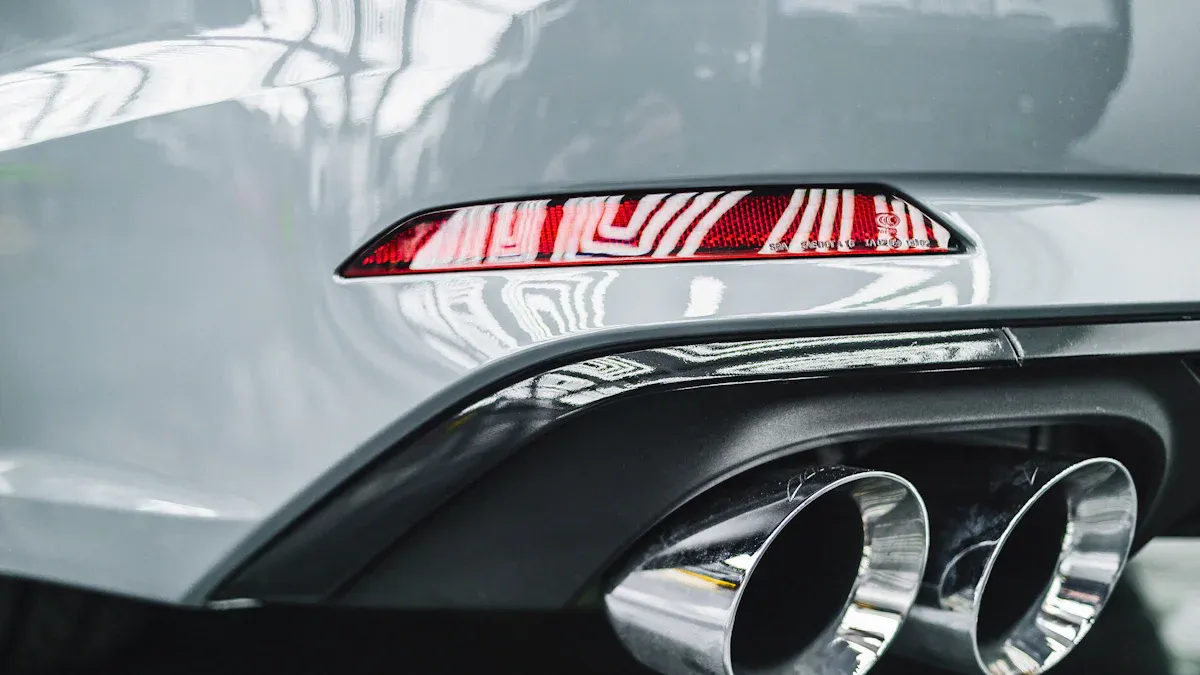
Acoustic Properties of Stainless Steel
You’ve probably noticed how some cars have that sharp, sporty exhaust note that turns heads. That’s one of the standout features of stainless steel exhaust systems. They produce a sound often described as “zingy” or “crisp,” which many performance enthusiasts love.
Why does stainless steel create such exceptional sound quality?
The thinner walls of stainless steel allow more sound energy to escape, amplifying the exhaust note.
Its high-temperature resistance ensures the sound remains consistent over time, unlike mild steel, which can rust and distort the tone.
In contrast, exhausts made from mild steel tend to have a deeper, more subdued tone. Their thicker walls dampen sound frequencies, making them quieter. If you’re after a more pronounced and dynamic sound, stainless steel is the way to go.
Customization Potential for Automotive Enthusiasts
If you’re an automotive enthusiast, you’ll love the customization options stainless steel exhaust systems offer. You can tailor your system to match your car’s performance and sound preferences.
Here’s what you can customize:
Type of Stainless Steel: Choose between 304 for superior corrosion resistance or 409 for a more budget-friendly option.
Exhaust Parts: Headers, mid-pipes, mufflers, and exhaust tips all play a role in performance and sound.
System Configuration: Opt for a cat-back system for better performance or an axle-back system for simplicity.
Sound vs. Performance: Balance airflow improvements with the exhaust note you want.
Stainless steel exhausts also offer excellent fitment and compatibility with various vehicle models. Whether you’re installing it yourself or getting professional help, the process is straightforward.
Consistency in Sound Over Time
One of the biggest advantages of stainless steel exhaust systems is their ability to maintain consistent sound quality. Unlike mild steel, which can rust and degrade, stainless steel resists corrosion and withstands high temperatures. This durability ensures your exhaust note stays sharp and sporty for years.
Think about it—no one wants their car’s sound to change or fade over time. With stainless steel, you get reliability and long-lasting performance. It’s a material that delivers both exceptional sound quality and peace of mind.
Long-Term Benefits of High-Quality Stainless Steel Exhausts
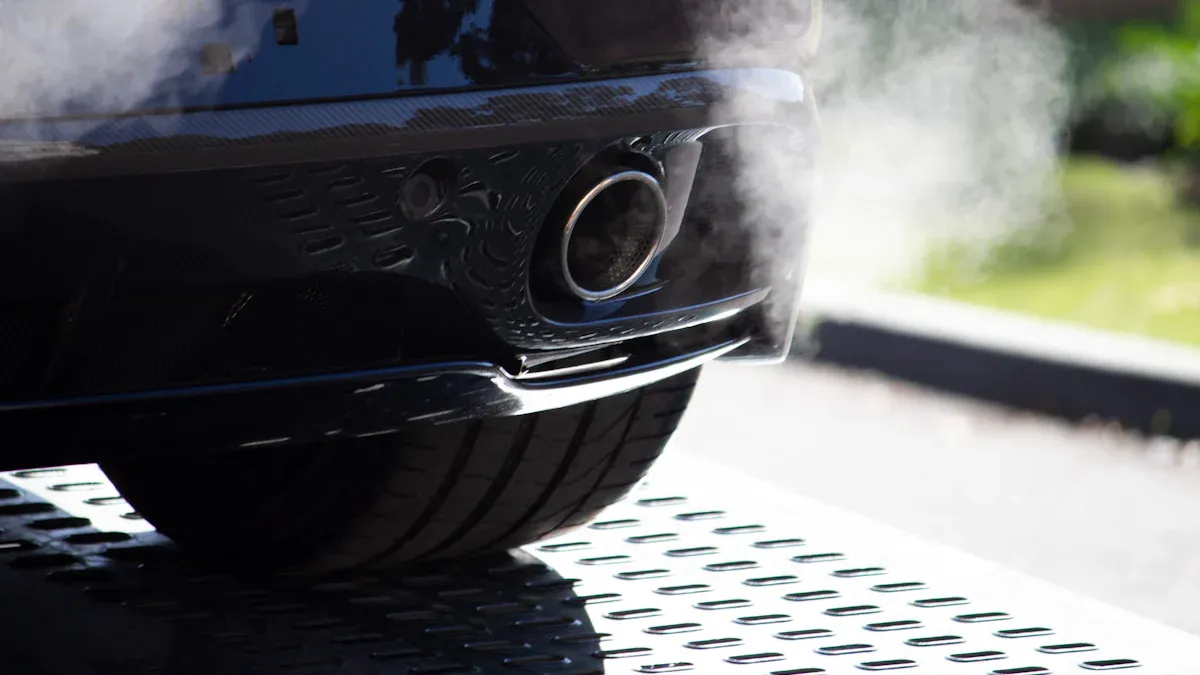
Durability and Longevity
When you invest in a high-quality stainless steel exhaust, you’re choosing a system built to last. Unlike mild steel, which rusts and deteriorates quickly, stainless steel resists corrosion and handles extreme temperatures with ease. This means your exhaust won’t just survive—it’ll thrive for years.
Take a look at how stainless steel compares to mild steel:
Property | Stainless Steel | Mild Steel |
|---|---|---|
Corrosion Resistance | High | Low |
High Temperature Resistance | Superior | Inferior |
Thermal Conductivity | Low | High (219% more) |
Retention of Exhaust Velocity | High | Low |
On average, a stainless steel exhaust lasts 10 to 20 years, while mild steel systems often fail within 3 to 5 years. This longevity ensures you won’t need frequent replacements, saving you time and hassle. Plus, properly welded seams on stainless steel exhausts further improve durability, ensuring your system stays intact even under tough conditions.
Cost-Effectiveness
At first glance, stainless steel exhausts might seem pricey. But when you consider the long-term savings, they’re worth every penny. Here’s why:
Maintenance costs for stainless steel exhausts are as low as 5% of the initial cost over 30 years, compared to mild steel’s 20%.
With a lifespan of up to 20 years, you’ll avoid the expense of frequent replacements.
Stainless steel retains up to 60% of its original value when resold, while mild steel only holds about 30%.
For example, while a stainless steel exhaust might cost $3,000 upfront compared to $750 for mild steel, the reduced maintenance and replacement costs make it a smarter investment. Over time, you’ll save money while enjoying better performance and quality.
Environmental Impact
Choosing stainless steel exhausts isn’t just good for your car—it’s good for the planet too. Stainless steel is 100% recyclable, and about 95% of it gets reused at the end of its lifecycle. This reduces the need for mining raw materials and conserves natural resources.
Here’s how stainless steel stacks up environmentally:
Aspect | Stainless Steel | Alternatives |
|---|---|---|
Durability | High durability and longevity | Varies, often lower |
Maintenance | Low maintenance due to corrosion resistance | Higher maintenance needs |
Recyclability | 100% recyclable | Varies, often less recyclable |
Energy Consumption | High energy consumption during production | Generally lower energy consumption |
Environmental Impact | Lower impact over time due to longevity | Higher impact due to replacements |
By choosing stainless steel, you’re reducing waste and supporting a circular economy. While its production requires more energy, the material’s durability and recyclability offset this over time. It’s a win-win for you and the environment.
Why Stainless Steel is the Future of Automotive Exhaust Systems
Meeting Modern Performance Demands
Stainless steel is the go-to material for performance-driven exhaust systems. It meets the demands of modern vehicles by offering unmatched durability and efficiency. You’ll notice its superior high-temperature characteristics right away. This makes it perfect for exhaust systems that need to handle extreme heat without breaking down.
Here’s why stainless steel is a game-changer for automotive performance:
It resists corrosion, ensuring your exhaust lasts longer and performs better.
The material retains exhaust velocity, which improves overall efficiency.
Its lightweight strength reduces the weight of your vehicle, enhancing fuel economy and handling.
For high-performance vehicles, stainless steel does even more. It creates strong yet lightweight structures, improving safety and maintaining the car’s integrity. Its thermal conductivity also helps regulate heat in critical components like radiators and cooling systems. This keeps your vehicle running smoothly and extends its lifespan. Whether you’re driving a sports car or an electric vehicle, stainless steel delivers the performance you need.
Aesthetic Appeal
Let’s face it—looks matter, especially when it comes to your car. Stainless steel exhaust systems don’t just perform well; they look amazing too. The polished finish adds a sleek, modern touch to any vehicle. Whether you own a classic car or a cutting-edge electric vehicle, stainless steel complements the design perfectly.
Here’s what makes stainless steel stand out visually:
Its polished surface resists staining and discoloration, keeping your exhaust looking pristine.
The material offers various design options, so you can customize it to match your style.
It adds an aggressive, sporty aesthetic that car enthusiasts love.
Stainless steel exhausts also help your vehicle stand out. They’re not just functional—they’re a statement piece. If you want a bespoke automotive service that combines performance and style, stainless steel is the way to go. It’s the perfect blend of form and function, giving your car the edge it deserves.
Stainless steel has completely changed the game for automotive exhaust systems. Its durability, resistance to rust, and ability to handle extreme conditions make it a top choice for drivers who want long-lasting performance. You’ll also love how it enhances the sound of your exhaust, giving your car a sporty, refined tone that stays consistent over time.
Here’s why investing in high-quality stainless steel exhausts is a smart move:
They last longer than standard exhausts, saving you money on repairs and replacements.
Their polished finish adds a sleek, modern look to your vehicle.
They improve engine efficiency by reducing back pressure and optimizing exhaust flow.
Whether you’re after better performance, a sharper sound, or a stylish upgrade, stainless steel exhausts deliver on all fronts. They’re not just an investment in your car—they’re an investment in your driving experience.


